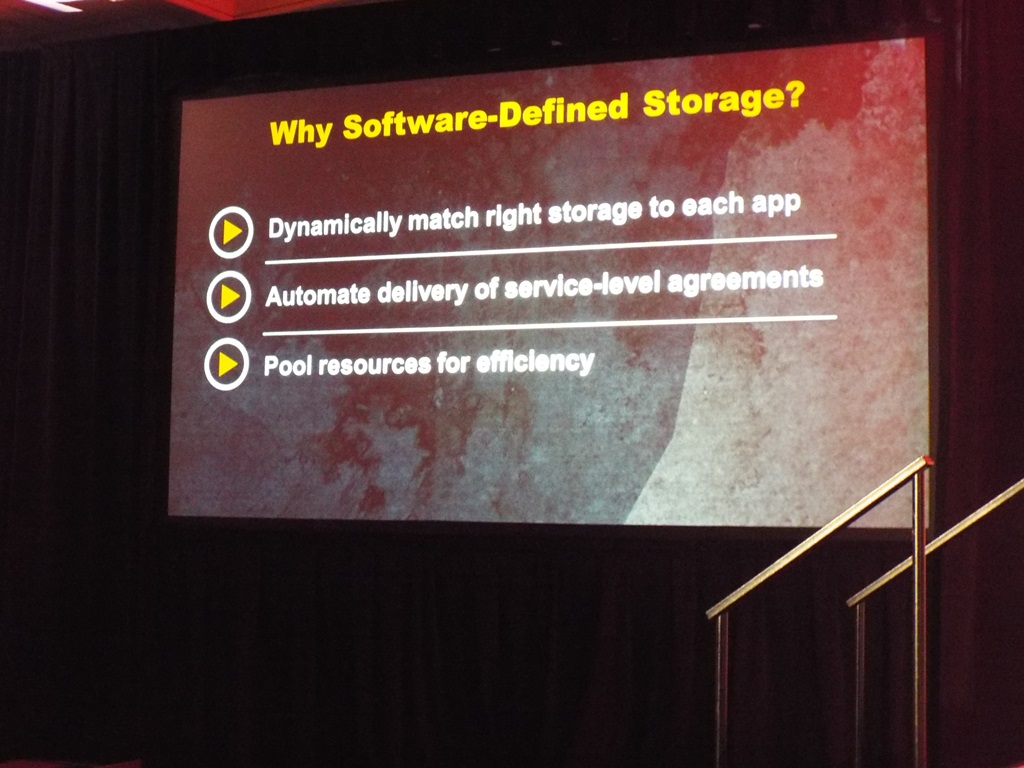Diving into the need for software-defined storage, the idea focuses on three areas: virtual machine storage policy (handling capacity, performance, and availability); application-centric data services; and a converged infrastructure pool – such as VMware’s VSAN (Virtual Storage Area Network).
Existing challenges of networking include slow provision, hardware dependence, and intensive operations. Virtualizing solves many of the these problems by surrounding existing physical servers and latching them to virtualized network switches/ports. Now these physical servers will yield virtual networks effectively becoming a new layer of server infrastructure that exists using the pre-existing physical network. This new overlay is purely software based, completely virtual, highly configurable, and extremely flexible.
All of this comes full-circle as a way to provide IT as a Service: cloud management allowing an interface between IT and the whole business, and cutting out “shadow IT” or “stealth IT” – unauthorized outsourced or in-house IT solutions.
Summarizing the keynote, O’Farrell’s message was in order deliver ITaaS going forward towards 2020 as a reliable solution, cloud management needs to provide the self-defined data center through the hybrid cloud model, strong computational power, flexible storage capability and scalability, virtualized networking, and a reliable solution for the end-user.
 The SSD Review The Worlds Dedicated SSD Education and Review Resource |
The SSD Review The Worlds Dedicated SSD Education and Review Resource | 

